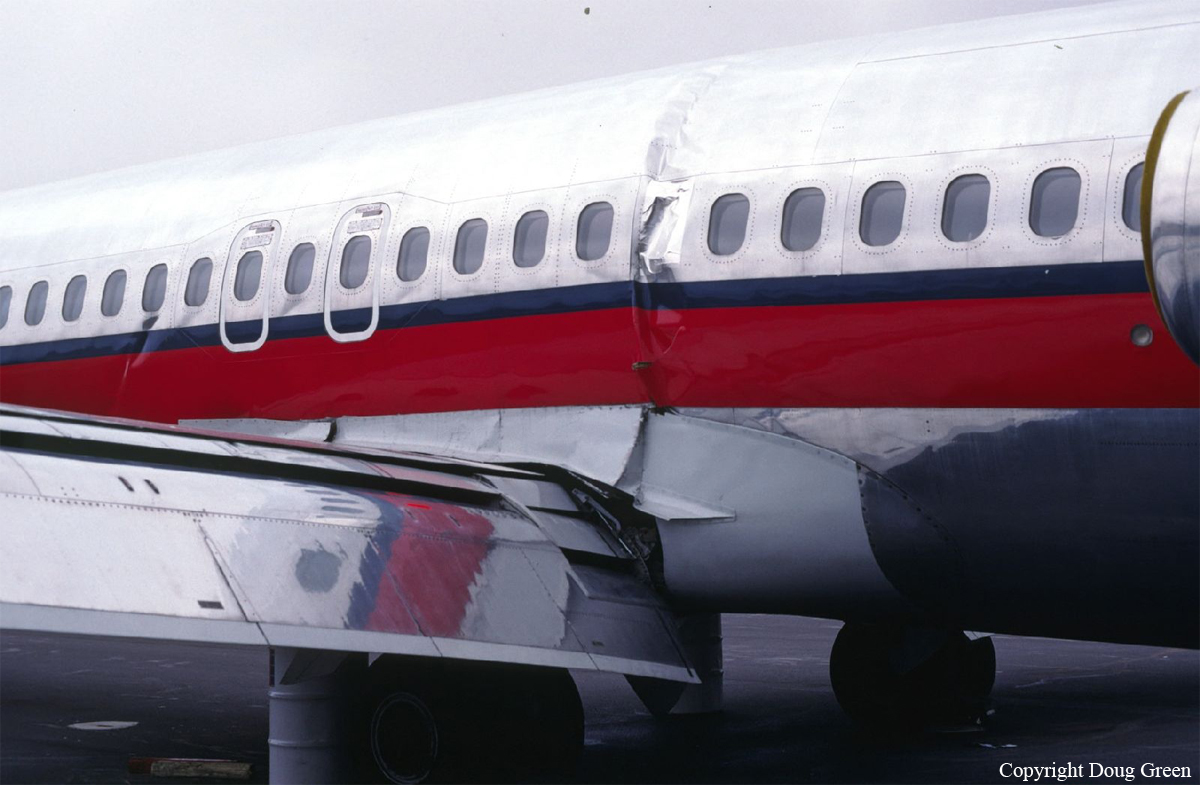Crash of a Douglas DC-9-31 in Elmira
Date & Time:
Jan 18, 1992 at 1028 LT
Registration:
N964VJ
Survivors:
Yes
Schedule:
Ithaca - Elmira
MSN:
47373
YOM:
1969
Flight number:
US305
Crew on board:
5
Crew fatalities:
Pax on board:
36
Pax fatalities:
Other fatalities:
Total fatalities:
0
Captain / Total hours on type:
9500.00
Aircraft flight hours:
59251
Circumstances:
At the time of the accident, gusty winds were forecast for the surface to higher altitudes. The copilot was flying and configured the airplane about four miles out for landing on runway 24. The flightcrew received progressive wind information during the approach; the last report was wind at 310° and 25 knots. The approach speed was v ref + 10. According to the flightcrew, during the landing flare a wind gust occurred, and the airplane lifted in a nose down attitude. The gust stopped and then the airplane descended to the runway and landed hard. The examination of the airplane revealed the fuselage cracked near where the wings were attached and the aft fuselage was bent down about 7°. Two passengers were seriously injured.
Probable cause:
The aircraft encountered a sudden wind gust during landing flare, which resulted in a hard landing.
Final Report:








